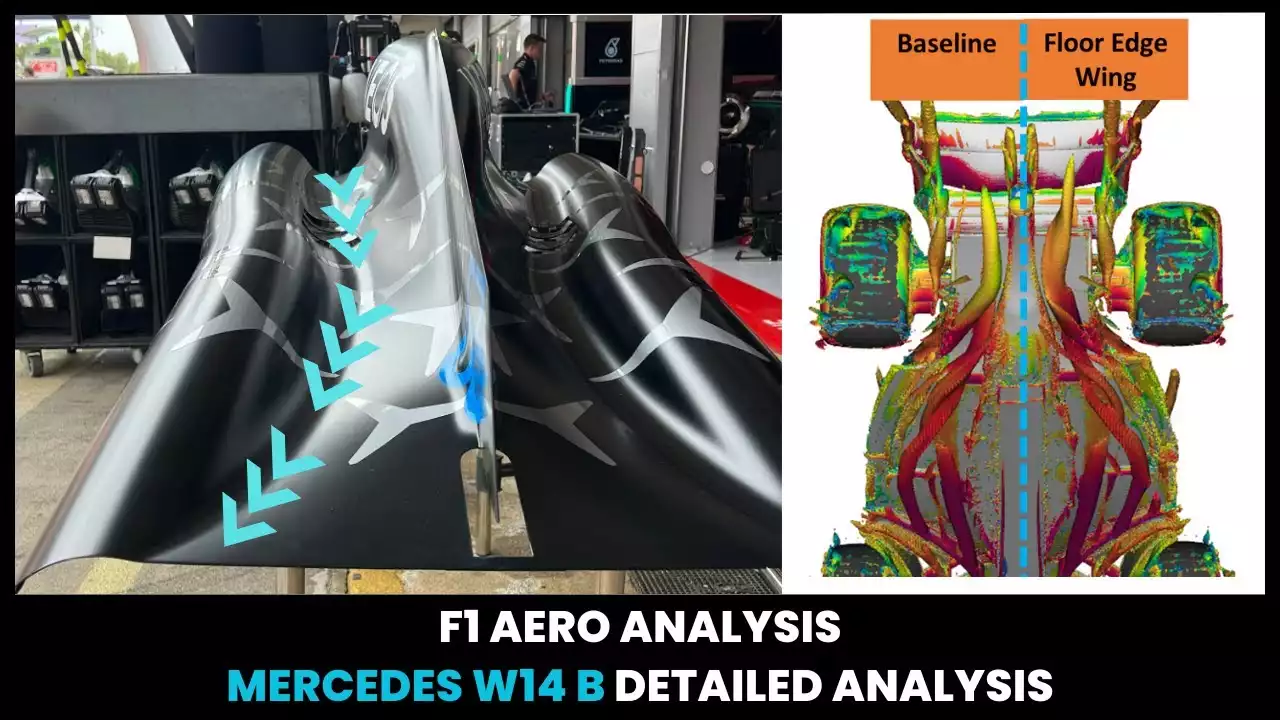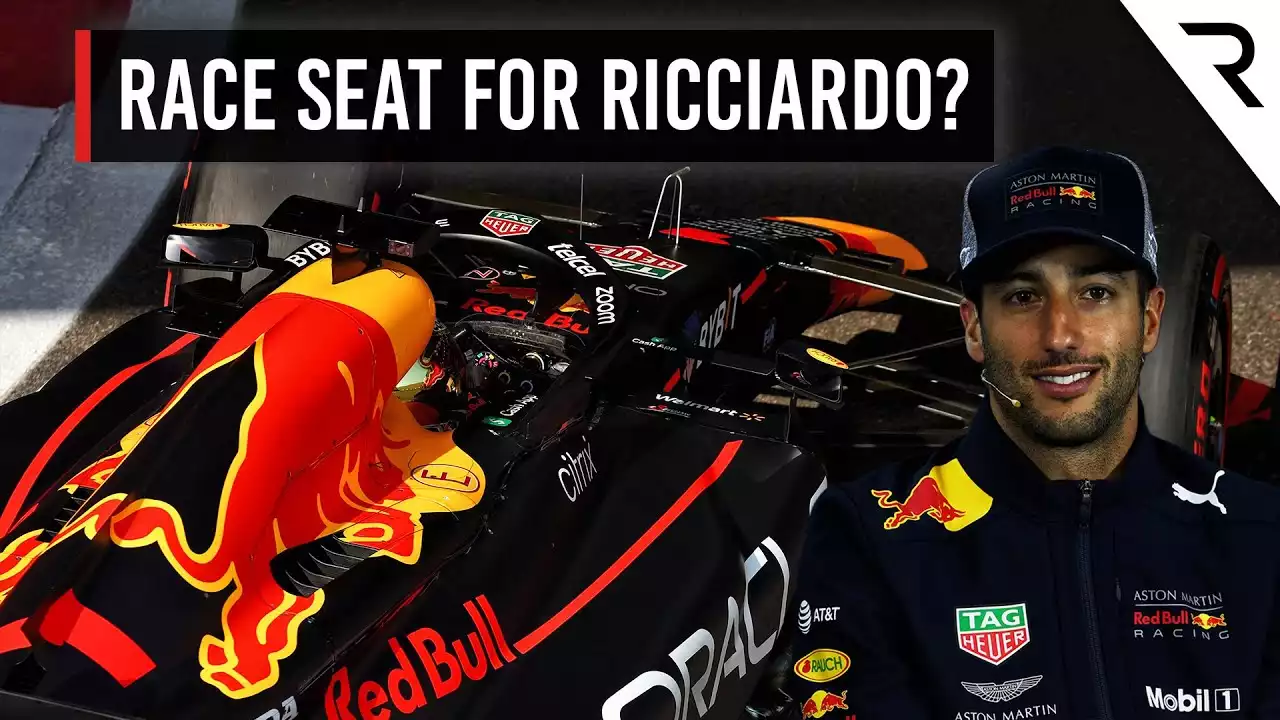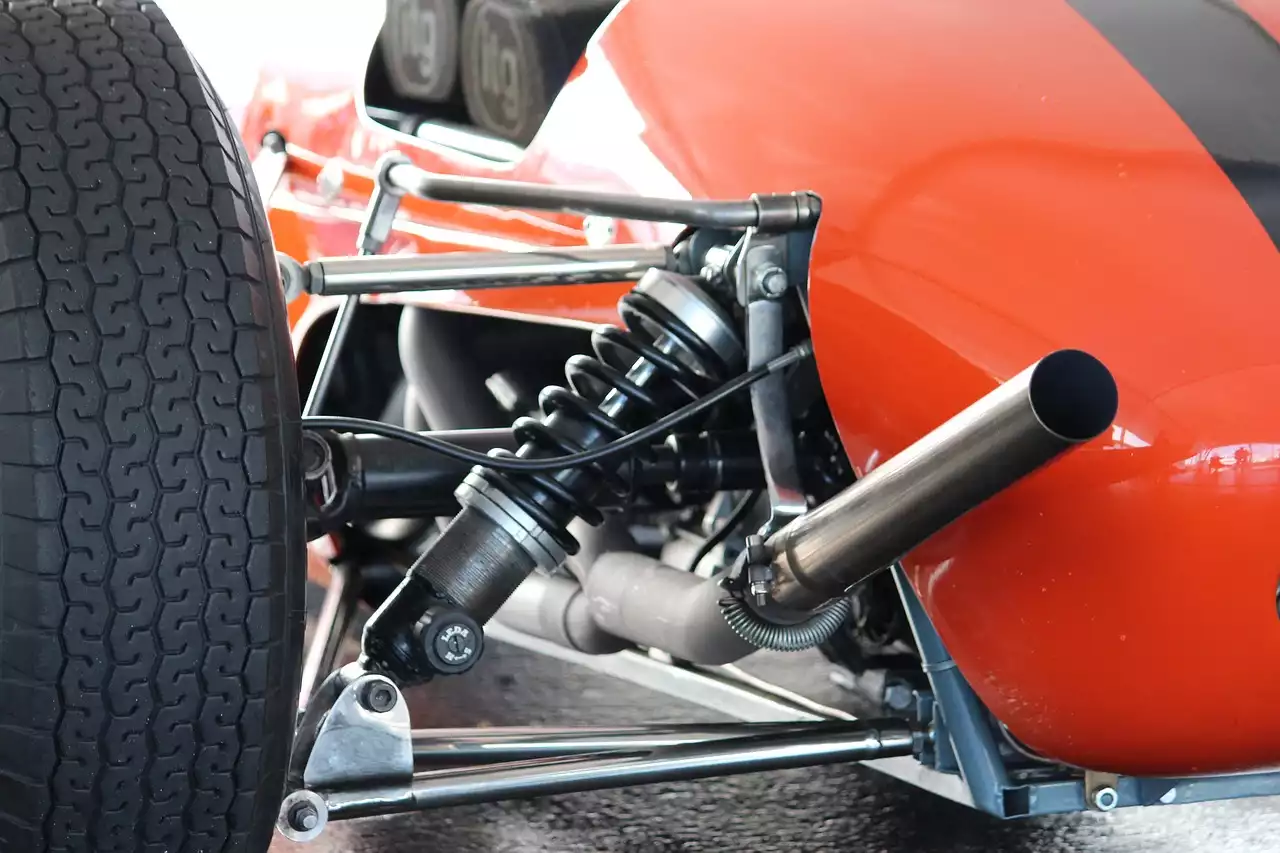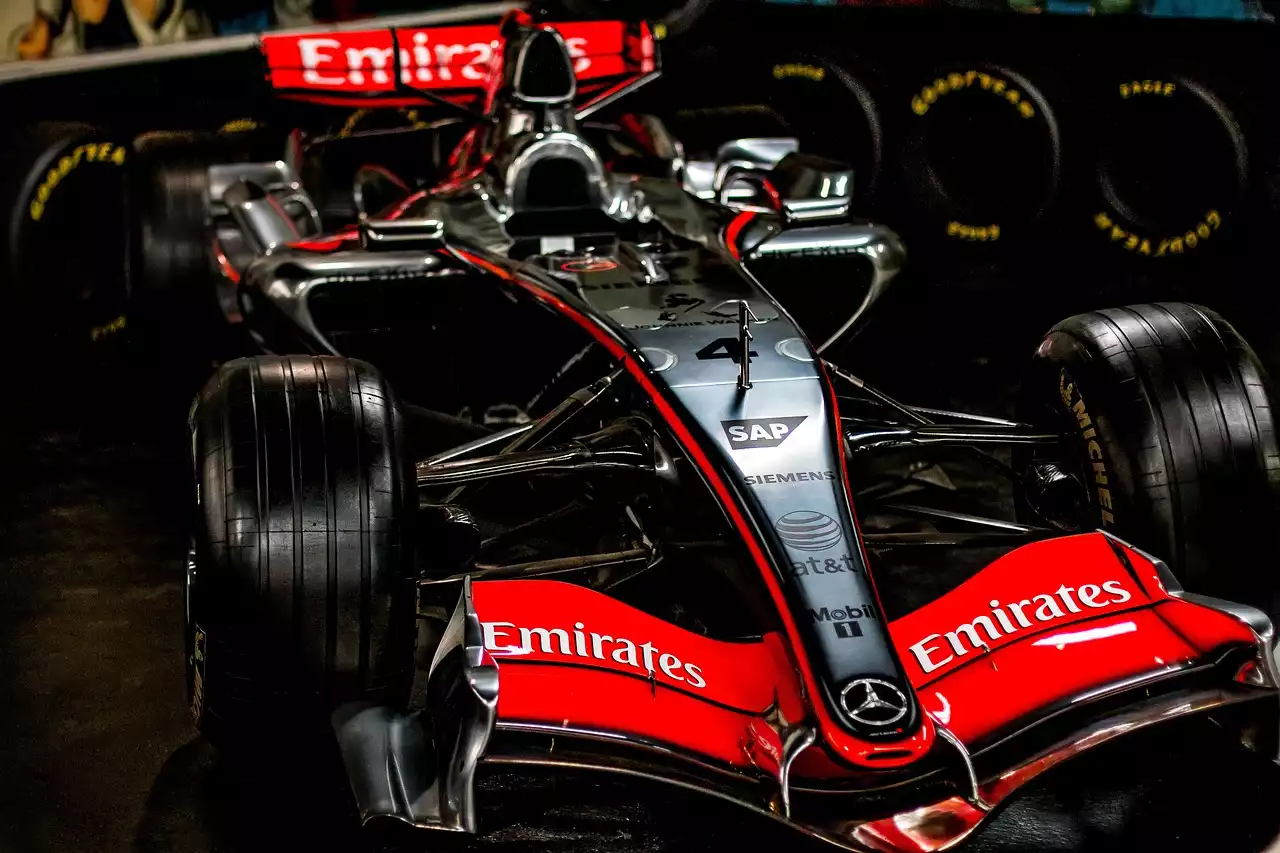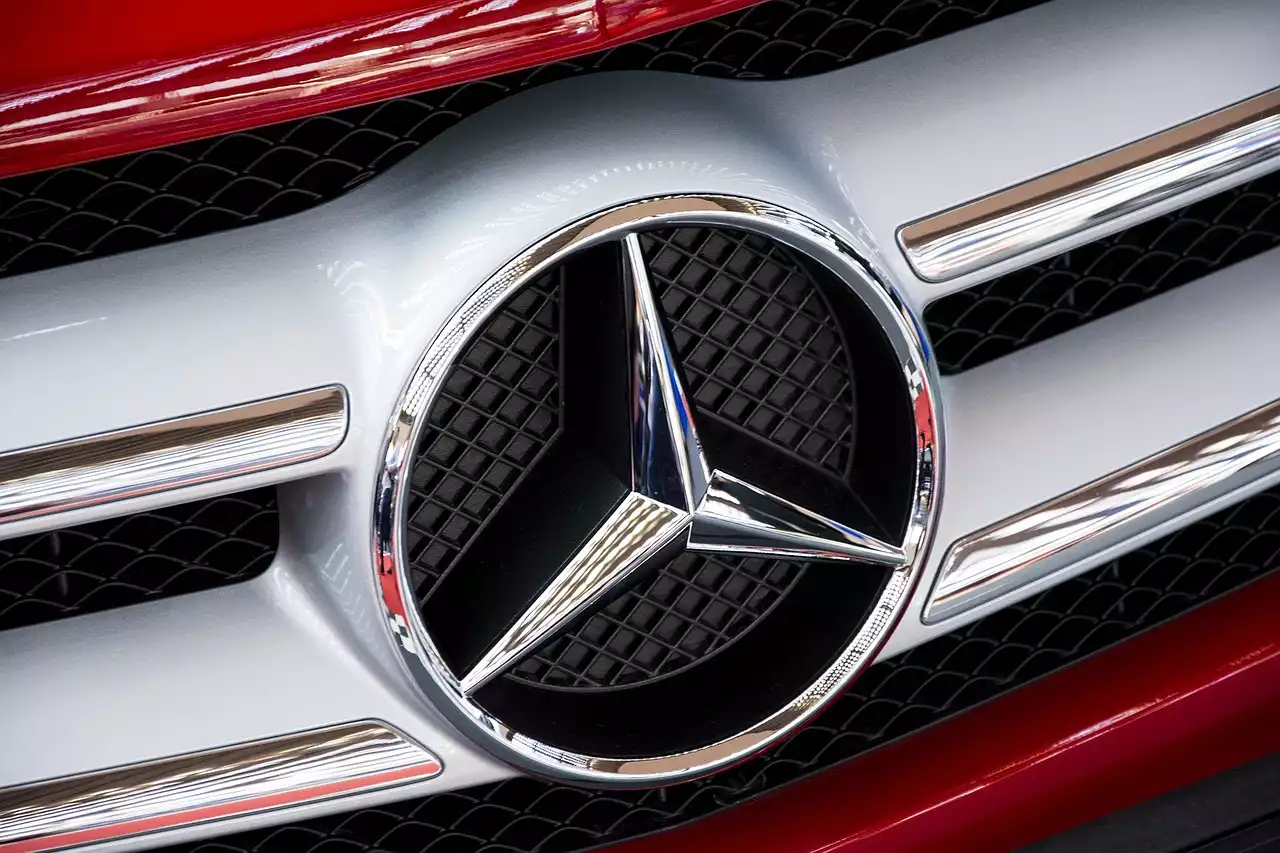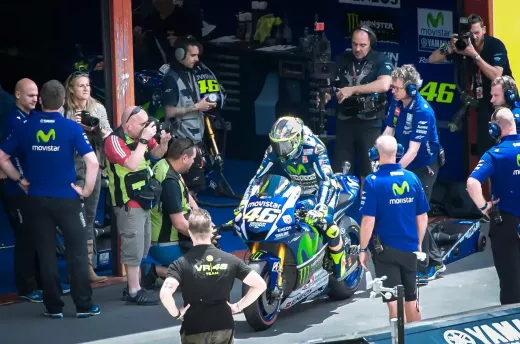The W14 Errors: A Brief Overview
The W14, introduced by Mercedes in 2013, was a car that showcased both the team's incredible engineering skills and their ability to push the boundaries of innovation. However, it was not without its flaws. The W14 suffered from several errors that impacted its performance on the track. These errors became crucial learning points for the team, shaping their approach to future car development.
One of the major issues with the W14 was its aerodynamic instability. The car had a tendency to lose grip during high-speed corners, resulting in reduced performance and compromised lap times. Another challenge faced by Mercedes was the power unit's reliability. The W14 experienced frequent engine failures, causing setbacks and missed opportunities for the team.
Analyzing the W14 Errors: What Went Wrong?
To truly understand the mistakes made with the W14, it is essential to examine the factors that contributed to its shortcomings. One of the main reasons behind the aerodynamic instability was the car's lack of balance. The team struggled to find the perfect equilibrium between downforce and drag, resulting in a car that was challenging to handle at high speeds.
In terms of the power unit, the W14 suffered from poor heat management. The engine often overheated, leading to unexpected failures. Additionally, the team faced difficulties in optimizing the hybrid system, which impacted the car's overall performance and efficiency.
Lessons Learned: How Mercedes Has Improved Since the W14
The W14 errors served as a wake-up call for Mercedes, prompting them to reassess their approach to car development. The team recognized the need for a more holistic approach, focusing not only on individual components but also on their integration and overall performance.
In subsequent car models, Mercedes prioritized aerodynamic stability by investing in advanced simulation tools and wind tunnel testing. This allowed them to fine-tune the balance between downforce and drag, resulting in improved cornering capabilities and overall performance.
To address the power unit reliability issues, Mercedes focused on enhancing heat management and optimizing the hybrid system. They worked closely with their technical partners to develop innovative solutions that would withstand the demanding conditions of Formula 1 racing.
Predicting the Future: Key Trends in F1 Car Evolution
As we look ahead to Mercedes' 2024 F1 car evolution, it is important to consider the key trends that will shape the future of Formula 1 racing. One of the primary areas of focus will be aerodynamics. With the introduction of new regulations aimed at reducing downforce levels, teams will need to find innovative ways to maintain performance while operating within the prescribed limits.
Another significant trend in F1 car evolution is the continued development of power units. As the sport moves towards sustainable practices, hybrid technology will play an increasingly important role. Mercedes, known for their expertise in power unit development, is likely to lead the way in this area, pushing the boundaries of performance and efficiency.
Chassis and suspension design will also be areas of intense development. Teams will seek to strike the perfect balance between rigidity and flexibility, optimizing the car's handling and responsiveness. Safety will remain a top priority, with advancements in materials and construction techniques ensuring the protection of drivers in the event of an accident.
Conclusion: The Future of Mercedes' F1 Car Evolution
In conclusion, the W14 errors served as valuable lessons for Mercedes, propelling them towards continuous improvement and innovation. Through meticulous analysis and strategic changes, the team has evolved their approach to F1 car development, addressing the shortcomings of the past.
Looking ahead to Mercedes' 2024 F1 car, we can expect to see advancements in aerodynamics, power unit technology, and chassis design. The team's commitment to excellence and their relentless pursuit of perfection will undoubtedly shape the future of Formula 1 racing.
So, as we eagerly await the unveiling of Mercedes' 2024 F1 car, let us remember the valuable insights gained from the W14 errors. It is through the mistakes of the past that we can truly anticipate the triumphs of the future.
